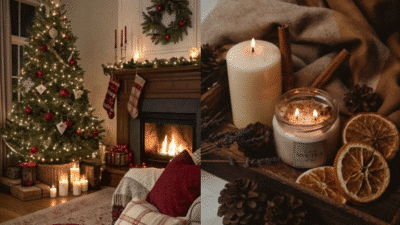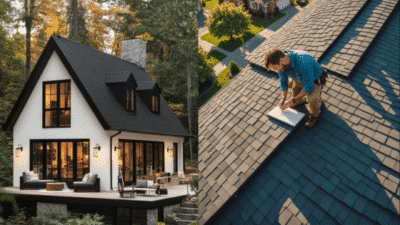
Australia’s climate doesn’t play nice. Anyone who’s lived through a January heatwave in Sydney or the sticky humidity of Brisbane knows what I mean. One week it’s bone dry, the next it’s all damp air and thunderstorms. And don’t get me started on Melbourne, where you get four seasons before lunch.
Floors feel it too. Wood swells, shrinks, and sometimes warps if you’re unlucky, which is why more and more people are leaning towards engineered timber flooring instead of the old-school solid planks. It’s not just a trend. It’s a practical meeting design. And for Australian homes, it’s a pretty perfect match.
What Makes It Different

So, what’s the deal? At first glance, engineered timber flooring looks just like the solid stuff. Natural timber on top, with the same beautiful grains and warmth. But here’s the trick: underneath that surface layer, it’s built differently.
Instead of one thick piece of timber, it’s layered. Think plywood or high-density fibreboard stacked beneath a real wood veneer. Those layers are pressed and glued in a way that makes the whole structure more stable. They are less likely to throw a tantrum when the air gets humid or the temperature jumps 15 degrees overnight.
It’s still wood. Just wood that’s been engineered to be a little tougher.
Climate-Proofing Without Compromising Style
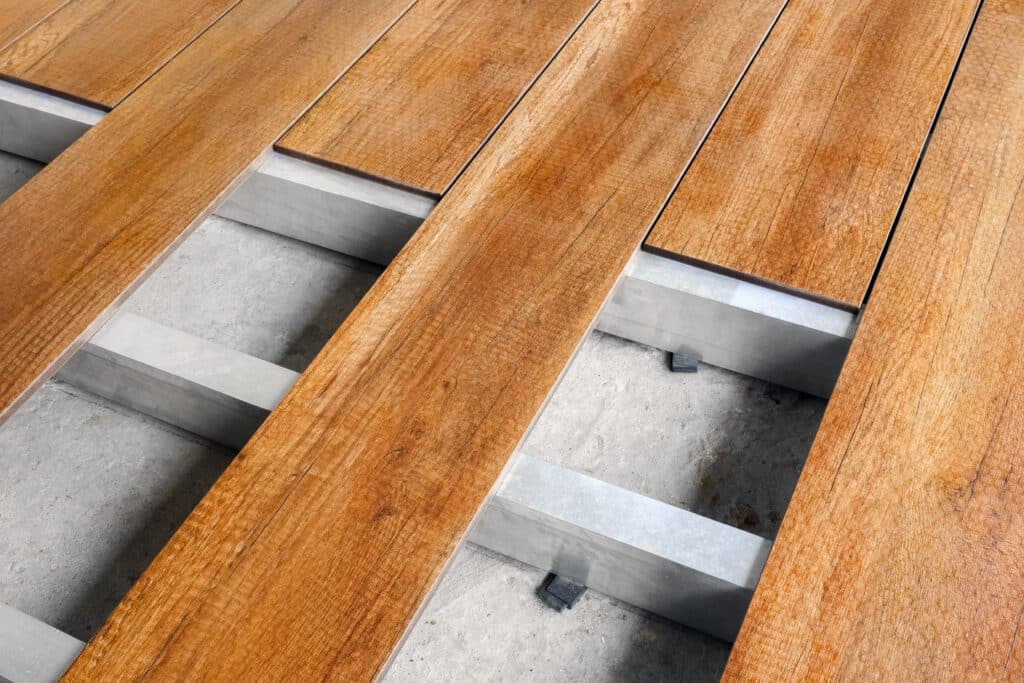
One of the most significant issues with solid timber in Australia is movement. It breathes. It expands in summer and contracts in winter. You can hear it sometimes, the little creaks as boards shift in place. Charming, until gaps start appearing or boards start cupping.
Engineered timber flooring is designed to resist that. Because of its layered structure, it doesn’t react as dramatically. Which means your floor stays looking… well, like a floor, not a wave pool.
And here’s the best part: you don’t lose the style factor. You still get spotted gum, blackbutt, oak—whatever species or shade suits your space. The top layer is real timber, so it carries the exact authenticity. Only it behaves better in our unpredictable climate.
Wide Boards Without Worry

Australians love wide boards these days. They make open-plan living areas feel bigger, calmer. But broad, solid planks are more vulnerable to warping because there’s just more wood to move.
With engineered timber flooring, wide boards are actually more feasible. That layered stability makes them less prone to distortion. So you can go big and bold without worrying that next summer will buckle your brand-new floor.
Beach Houses, Bush Homes, City Apartments
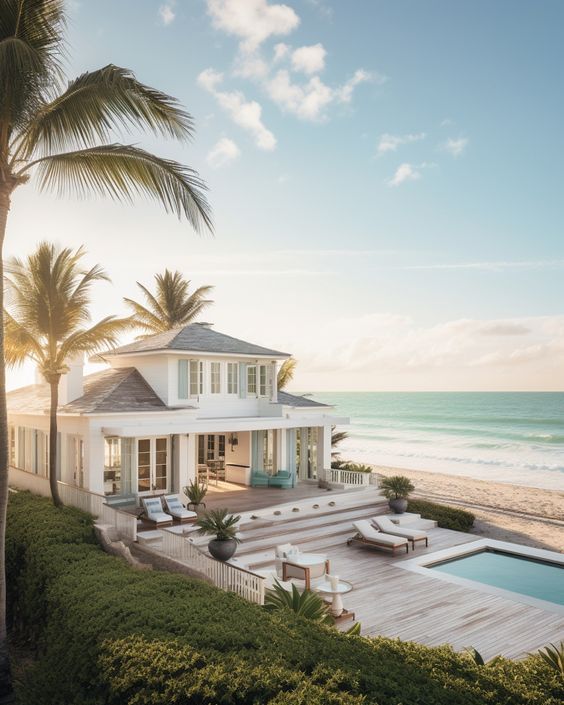

It doesn’t matter if you’re in a salty-air coastal town or a high-rise in Parramatta—humidity and temperature swings still take their toll.
I’ve seen beachside homes where traditional timber swelled so much the doors stopped closing properly. And inner-city apartments where heating dried floors out until gaps appeared. Engineered timber flooring sidesteps a lot of that drama. It’s adaptable across environments. That’s why you’ll find it just as popular in Noosa as in inner Melbourne.
Easy on the Eyes, Easier to Live With


Now, I know some purists argue that nothing beats solid timber. And fair enough—it has heritage on its side. But engineered timber flooring brings balance. It delivers the warmth, the aesthetic, but adds a practicality that modern families (and renters, and landlords) really need.
Kids dropping toys? Dogs skidding around the hallway? A sudden spill of wine on a Friday night? Engineered boards can take it. Most come pre-finished with protective coatings that shrug off daily chaos far better than untreated timber.
Installation Perks

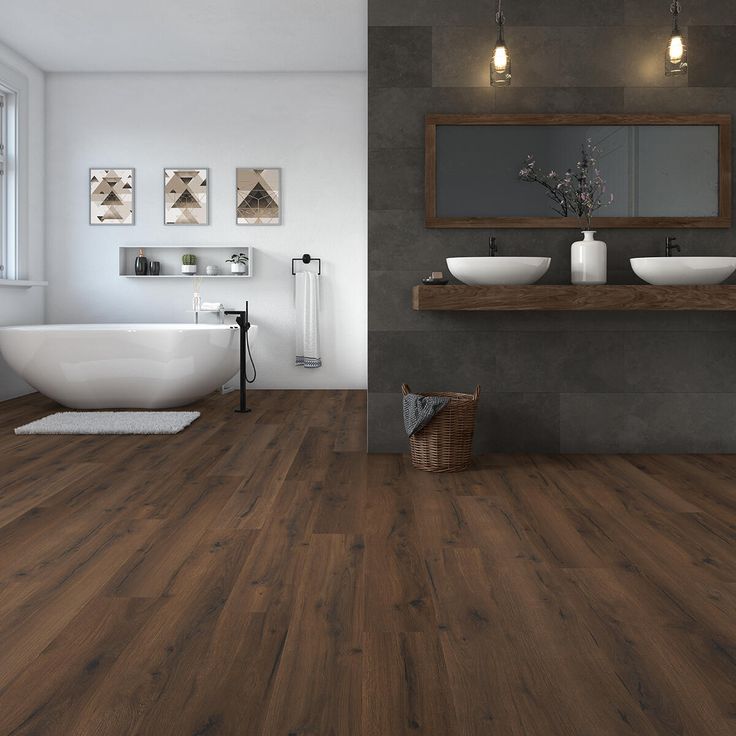
Another little bonus—installation is often easier. Some engineered timber flooring can be floated over underlay, which means less invasive work than nailing down solid planks. For renovations, that can be a lifesaver. Less dust, less mess, faster turnaround.
And if you’re in an apartment building? That floating installation with soundproof underlay can also keep the neighbours downstairs from banging on the ceiling when you walk across the lounge.
Sustainability Angle

There’s also the environmental side to consider. Solid timber requires thick planks of hardwood, which means more trees, more resources. With engineered timber flooring, only the top veneer is the premium timber. The bulk of the structure uses more sustainable layers. So you get more floors out of the same amount of raw material.
Some suppliers even use recycled wood for those inner layers. Which means it’s not just practical—it’s gentler on the planet too.
Not Maintenance-Free (But Close)

Let’s be real. No floor is completely stress-free. Engineered boards still need sweeping, and you’ll want to avoid soaking them with water. But compared to fussier solid timber, they’re easier to keep looking sharp. Many can even be sanded and refinished once or twice if they start showing age, though not as many times as solid planks.
Still, with the proper care, they’ll easily outlast carpets or laminates. Decades, in fact.
A Floor That Fits

So, why is engineered timber flooring becoming so big in Australia? Because it gets us. It understands our moods, our weather, our messy, sandy, pet-filled lifestyles. It’s stylish enough for a designer apartment but practical enough for a family home in the suburbs.
Solid timber will always have its place—it’s beautiful, no doubt. But for many people, this is the sweet spot. Real wood on top, clever engineering underneath, ready to take on whatever Australia’s skies throw at it.
Final Thought
At the end of the day, flooring isn’t just about design. It’s about how it lives with you. And in a country where the weather likes to keep us guessing, engineered timber flooring from Green Hill Timbers feels like the safe, bright, and still beautiful choice.
You get the look. You dodge the warping. You keep your sanity. And maybe, just maybe, you’ll stop blaming the creaky boards every time the house makes a sound at night.
- 0shares
- Facebook0
- Pinterest0
- Twitter0


